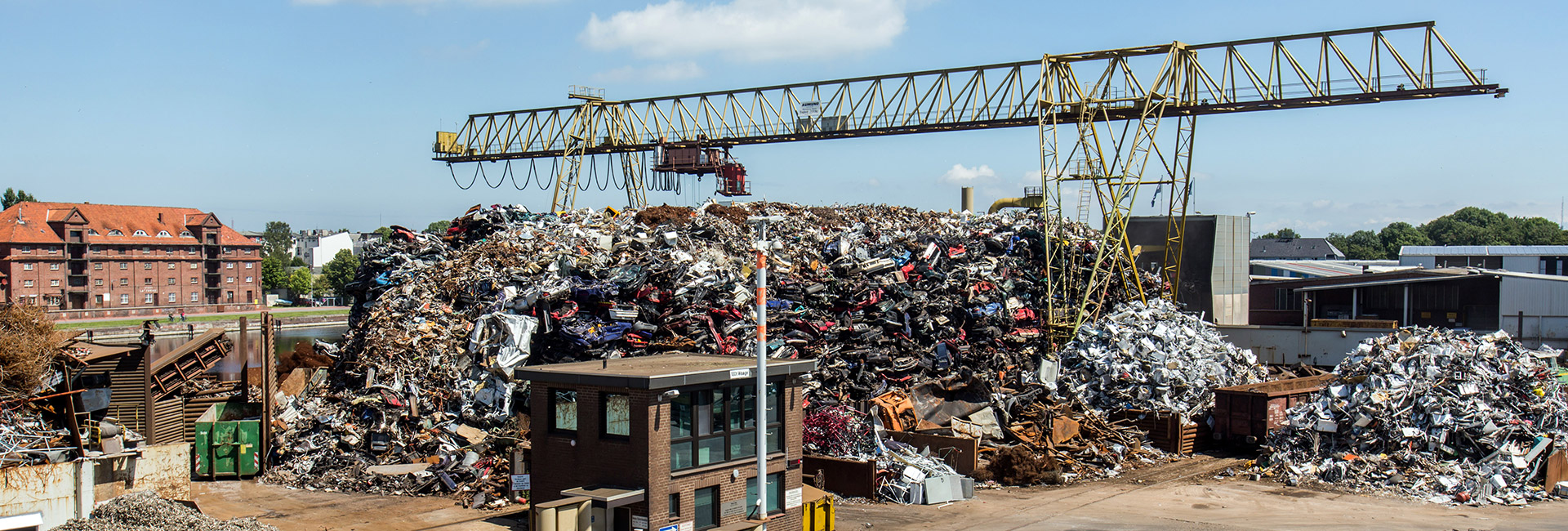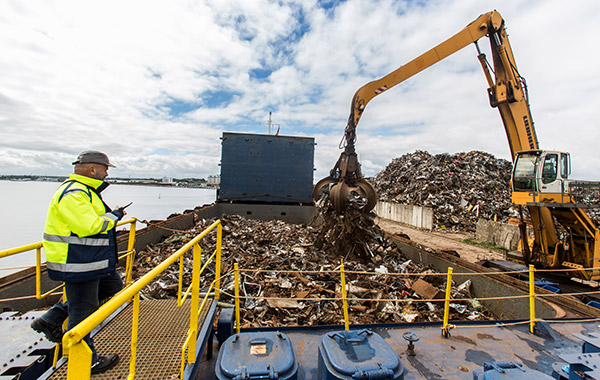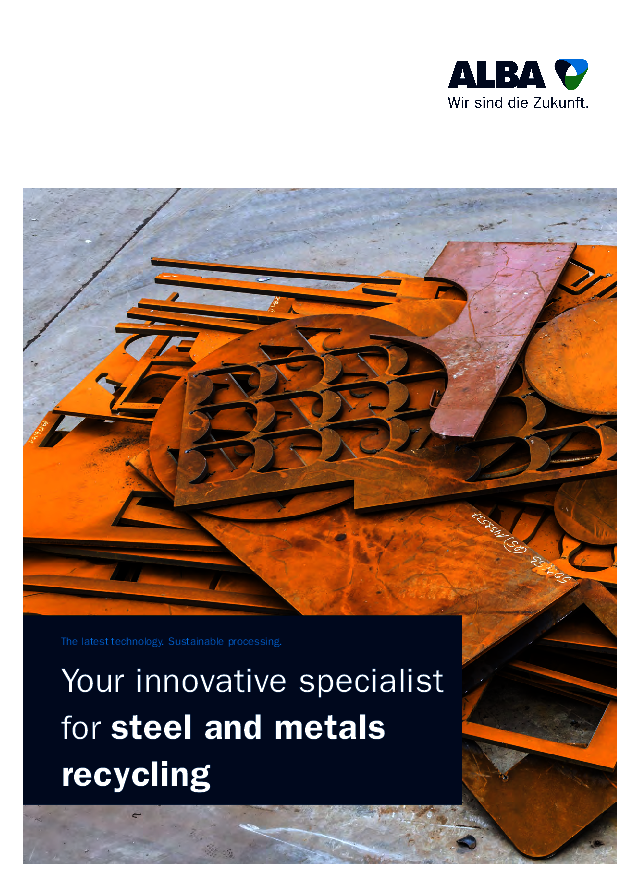From iron girders to cars, scrap steel and metal from urban areas is becoming increasingly important as a source of raw materials. The high-performance machinery used by ALBA correctly sorts all types of materials, reclaiming marketable secondary raw materials. Depending on the size and composition of the scrap, specialized shredders, shears or presses are used. And of course, all plant and machinery meets the strict requirements of the German Federal Immission Control Act (Bundesimmissionsschutzgesetz).
Safely processing scrap steel and metal
Made-to-measure processes using shredders, shears and presses

Powerful shredding

ALBA’s shredding machinery breaks up car bodies and lightweight mixed scrap, as required by the customer. A hydraulic shovel then lifts the material onto a conveyor belt, leading directly to the shredder's rotor compartment. Here, rotating hammers with an output of up to 2000 HP break the scrap down into fist-sized pieces. These are then sorted and separated using technologies such as magnets, eddy current or induction separators. With an iron content of around 95 per cent, the resulting scrap steel can then be used directly in steel production.
The perfect cut
For mixed or heavy scrap that is not suitable for processing in the shredder, scrap shears are used to break down material to the required size, no matter how tough it is. These robust machines are filled using cranes or hydraulic shovels. The scrap is first compacted, then cut using a high-performance blade.
High-precision compression
To prepare scrap steel and metal for recycling in steel furnaces, Interseroh uses hydraulic scrap presses to compress them into handy, custom-made packages. The presses are mainly used on lightweight scrap such as chads or tin plates, though they can also handle non-ferrous metals. The size of the packages has a welcome benefit in terms of transport in that it makes it possible to fill all available cargo space - optimising logistics, both in terms of costs and the environment.


